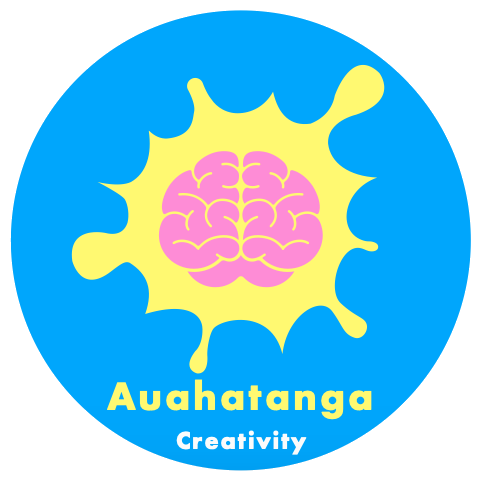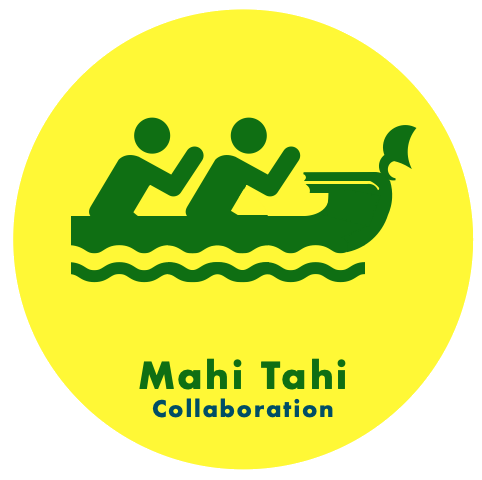Learner Outcomes
Learning Programmes are designed to support our learners with these outcomes in mind. They are embedded into all three learning threads of our curriculum: Iho Marau Mātaranga, Akoranga Pāhekoheko, Hauora.
We want our learners to leave Redwood School believing in themselves, confident in their ability to be creative, curious in the world around them, and with the interpersonal skills to work with others. As a consequence lessons and units of work are designed to support students acquire these dispositions and mindsets.
We want our learners to leave Redwood School believing in themselves, confident in their ability to be creative, curious in the world around them, and with the interpersonal skills to work with others. As a consequence lessons and units of work are designed to support students acquire these dispositions and mindsets.
|
Kiritau: Self Esteem, Self Worth, Self Respect, Self Confidence
We want our students to be confident, and with a strong sense of their own identity. To do this we focus on students’ strengths and celebrate their achievements. We actively teach emotional regulation so that they feel in control and have a kete of tools to help them cope in different situations. Our restorative practice enables students to deal with conflict in a positive and empowered way. We celebrate diversity and cultural heritage, and incorporate Tangata Whenuatanga into our learning programmes and school culture. We teach students about the process of learning so that they understand what it means to be a learner, and that mistakes are part of learning. This helps to develop resilience. We encourage and nurture Rangatiratanga so that students believe in themselves as leaders. Our students are empowered, and have the self belief to be themselves as individuals. |
|
Auahatanga: Creativity: Thinking, Making, Problem Solving
Creativity takes many forms: through imagination, play, the use of language, design and construction, the visual and performing arts, and coming up with ideas and solutions to problems. We give opportunities, encourage and nurture all students to be creative in these many different forms. Through creativity we can express our individuality and encourage others to see things in new ways. We encourage creativity through Investigation, and our focus on problem solving. We believe everyone can be creative, and feel that it is a critical 21st century skill. |
|
Whakamatemate: Curiosity
Curiosity drives learning. It is the seed from which new knowledge, skills and understanding grows. We encourage our learners to identify and seek answers to questions that pique their interest. We actively teach students about how to ask a variety of questions in order to gain new information. Our Investigation focus supports students to be inquisitive and curious about their world; making connections between what they know and what they have yet to discover. We encourage experimentation and new discovery within a variety of contexts. Curiosity facilitates engagement, critical thinking, and reasoning. We want our learners to be active; to be interested in themselves, others, and the world around them. |
|
Mahi Tahi: Collaboration
We want our students to be confident as individuals, but with the capacity to work collaboratively within groups and teams. Working together is a skill that is essential in the 21st century, and is one that needs to be actively taught and developed over time. Developmentally, collaboration is a capacity that evolves as students mature and have more understanding of other people’s opinions and feelings. This requires teaching our students how to be empathetic. We nurture this development by teaching students how to join in, negotiate and make collective decisions, take turns, and actively listen. Our Restorative Practices support students to understand how other people feel and how their actions affect others. We set up collaborative problem solving situations across our curriculum, and encourage working together. We recognise and understand that many cultures place a higher importance on the success of the collective, and that culturally connected classrooms have mahi tahi embedded within them. Our buddy class system encourages tuakana teina, and our house groups encourage collaboration across all year levels. |




